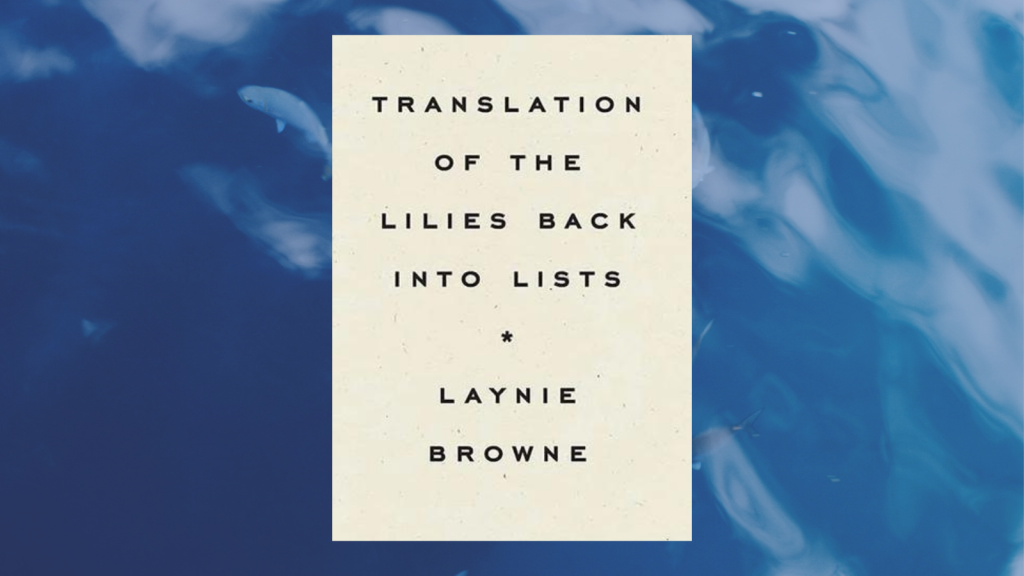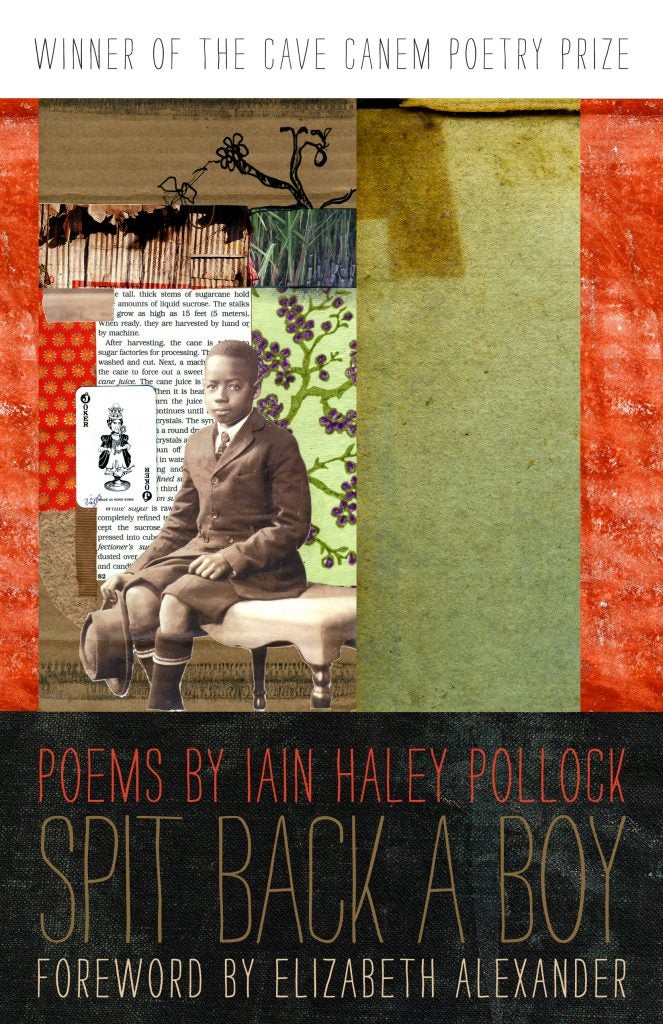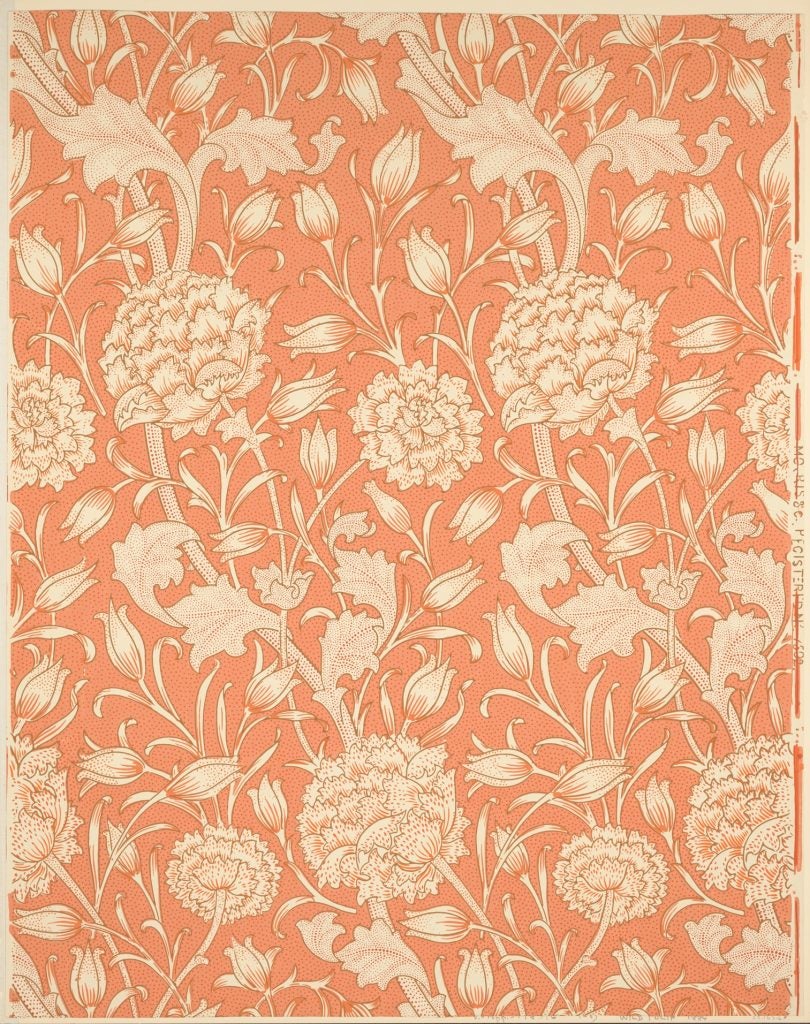Laynie Browne is one of those writers who makes those of us who publish relatively infrequently (ahem, selectively) green with envy. She is the author of fourteen books of poetry, three novels, and one collection of short fiction. In addition, she has several books forthcoming from more than one press (including, full disclosure, my book’s publisher, Tinderbox Editions). As you’ll read below, she is also currently sitting on multiple finished manuscripts. The slow-writing and even-slower-publishing mind reels.
But this piece is about just one of Laynie’s many books, her new book of poetry from Wave, Translation of the Lilies Back into Lists.
Translation comprises roughly 200 pages of prose-like poems that, per the book’s title, take the form of numbered lists, all of which are dated. The work is both prosaic (in the sense of being factual and written in prose, as opposed to lined poetry) and highly dreamlike. The experience of reading Translation of the Lilies Back into Lists was not unlike how Tender Buttons made me feel the first time I read it, or how Hejinian’s My Life makes me feel when I reread it. A sort of stuttering, obfuscated autobiographical narrative establishes itself in fits and starts as one makes one’s way through Translation, but I’d be hard pressed to summarize it. Nor would I want to; Translation is a marvelous book that is better experienced.
Here are the opening lines of “01.14.16.2”:
1. In considering the form of “the list” doing is surrounded by thought. 2. While I began with the notion of translating “to do” lists into oblique commentary, I now see dissolved momentary movements. 3. Tasks which destroy one’s substance may be those requiring magnification. 4. Scale means nothing in this respect. 5. A few words placed carefully into a shell or respectfully on a shelf or deliberately inserted into blankness can be more costly than a great volume, the contents of an entire bookshelf, or an enormous edifice of tears. 6. Your voluminous collection is currently being housed in a small bird flying without direction. 7. And if the bird should fail? 8. These images are designed to continue as you close your eyes. 9. Or begin plummeting. 10. What is peril to a bird?
Laynie and I spoke over email about Translation of the Lilies Back into Lists, the book’s form, the deconstruction of sense, and embodying experience in writing. Our conversation has been lightly edited for clarity and flow.
Kevin O’Rourke (KO): Why lists? What made you decide to write the book as a series of lists versus “normal” poems with lines?
Laynie Browne (LB): I began this project as one in a series of books I’m writing, homage texts, for the female poets who are page mothers—poets from whom I have received tremendous inspiration. This list includes thus far published books for Bernadette Mayer (The Desires of Letters), Rosmarie Waldrop (In Garments Worn by Lindens),and forthcoming is a book for Mei-mei Berssenbrugge (Apprentice to a Breathing Hand). I have completed manuscripts to this date for Lyn Hejinian, Leslie Scalapino, Cecilia Vicuña, Alice Notley, and in process now is a book for Hannah Weiner.
Translation of the Lilies Back into Lists is a book for C.D. Wright in this series. In each book there is some formal relationship to the poet I am writing for, sometimes simple, sometimes intricate. In this case, my title is inspired by C.D.’s book Translations of the Gospel Back into Tongues. I began writing this book one month before her death and had not shared the project with her yet, and because of this the book also became an elegy.
KO: Why use numbers for your lists, as opposed to bullets or dashes? How do you see the numbers functioning?
LB: I’m constantly making lists. At a certain point in time I realized that my lists were not only helpful but also agitating. Because my list making became consuming I decided to create a poetic form to transmute that experience, so that every day, in addition to my to-do lists, I would have created a companion poem. I think of this book as a collection of list poems.
KO: What’s the function of the dates/dates as titles? Was each poem really written in a single day?
Yes and no. The initial draft was always written on the date indicated, however I did much revision and editing.
My idea for this book also centered around translation, so that for each item on my to-do list I would write each morning (thus the dates associated with each poem). I wrote one line for each item on my list. The only constraint I made for myself in these translated lines was that I would not include the item from my task list, but instead would explore my thought forms surrounding the task, and as always in my play with poetic form, whatever practices I create at some point dissolve so that the lists began to unfold into accordion-like structures and prompts for associative leaps. In this way the lists also function as daybook entries.
KO: I’m re-reading Ashbery’s Flow Chart and your book reminds me of it insofar as both induce a sort of dreamy fugue state while reading. Likewise, Hejinian’s My Life, which is clearly autobiographical but deliberately vague or evasive.
LB: I love Flow Chart and My Life is a life changing catalytic text I reread often. I so appreciate your hearing both resonances. The thing that comes to mind with both texts is that they not only allow but also require the reader to make associative leaps, interacting with and co-creating meaning through every reading.
I like what you say about fugue dream state. I’m always interested in perception itself and language as a way to explore different states of consciousness. To be both autobiographical and simultaneously abstract, or open to the reader’s content, interests me very much. This reminds me of something Rosmarie Waldrop wrote in Lawn of Excluded Middle:
“Something that can be held in the mouth, deeply like darkness by someone blind or the empty space I place at the center of each poem to allow penetration.”
This evokes a poetics which is not only erotic but also cognizant of spaces, silences, and emptiness as gestational necessities—if we consider poetry as more that words on paper—but also as live transmissions, essentially relational in nature.
KO: How much “sense” do you want your readers to make of your poetry? What do you hope your readers take away from Translation?
LB: What is sense? What is meaning? These are questions I’m always asking. How can I deconstruct the “sense” that comes automatically, by default? How can I reconsider how I think (or don’t think) about sense and focus on an experience that is beyond the three dimensional and the linear? How can language function as a medium to simultaneously stop making sense and aid my evolution in regards to sensing, as in Hejinian’s Writing is an Aid to Memory? There is nothing that is not oblique in that book, but through the process of reading the reader spends time with questions, wherein writing acts as a vehicle of discovery.
KO: Let’s talk about lilies.
LB: I’m not sure exactly how I chose this floral signature. Maybe because of the sound, connecting lists and lilies, and the idea of translating flowers into poems. In a way I’m asking a nonsensical question. Aren’t lilies already perfect? Why translate lilies into lists? Why insist on language as a way to notate an experience of blossoms or flowering?
I don’t have an answer to these questions but the questions remind me of an attempt to inscribe experiences as they unfold as a way to be more alive to their unfolding, so that the writing becomes not a recounting but an event or happening.
One other note on lilies: I do write about my paternal grandmother in one of the poems, who “gave me her hands” and her name was Lillian.
KO: Some of the list items (sentences? lines?) are full sentences and some are sentence fragments. Can you talk about your process there?
LB: My work has always been hybrid, sometimes firmly based in the sentence, including writing novels, fiction and non-fiction prose. In terms of this book the juxtaposition is most often sonic or musically scored. I’ve been very interested in exploring the elasticity of various poetic forms in many of my books (letters, odes, ps(alms), tales, sonnets, etc.) and with this book I’m asking how far I can go with the list poem form.
KO: Roughly half to two-thirds of the way through the book, after “4.23.16”, you stop using periods at the end of lines, and the lines tend to get shorter, making for a faster reading experience. Was that a deliberate decision, and if so, why?
LB: I like to omit all punctuation when the lines are short or don’t require it. I tend to be inconsistent with punctuation, and in this case I noticed that the punctuation began to fall away as book proceeded. I succumbed.
KO: This is a long book, for a book of poetry. As a writer who works in both prose and poetry, can you talk about how you see length functioning, and whether using prose, and particularly a highly functional form of prose (lists), contributes itself to length?
LB: This book was much longer initially. I tend to always generate more material than I need for any book and a large part of my editorial process is cutting. With this book, the entries began in late December and continued until May. That time-based experiment is the hard constraint for the length of the book. Why December until May?
I don’t know, except that I tend to work in this way, generating lots of material quickly, then revising for a much longer period. When I arrive at the end of an initial draft, I inherently know it’s time to pause, however I cannot say exactly why. One reason that I shortened this book considerably (perhaps by one third of the initial length) was with readability in mind. Still, I’ve written so many words! One way this book can be read is to open to any page that corresponds with the date on any given year, like a divination.






